| Plant Habit: | Shrub |
| Life cycle: | Perennial |
| Sun Requirements: | Full Sun Full Sun to Partial Shade |
| Water Preferences: | Wet Wet Mesic Mesic |
| Soil pH Preferences: | Strongly acid (5.1 – 5.5) Moderately acid (5.6 – 6.0) Slightly acid (6.1 – 6.5) Neutral (6.6 – 7.3) |
| Minimum cold hardiness: | Zone 4a -34.4 °C (-30 °F) to -31.7 °C (-25 °F) |
| Maximum recommended zone: | Zone 9b |
| Plant Height: | 6 - 12 feet |
| Plant Spread: | 6 - 12 feet |
| Leaves: | Good fall color Deciduous Other: glossy dark green above and pubescent grayish-green beneath. Foliage turns bright red in autumn. |
| Fruit: | Showy Edible to birds Other: Best fruit production usually occurs in full sun. Fruits ripen in late summer and persist on the shrub throughout fall and well into winter. Fruits are sometimes used to make tasty jams and jellies. |
| Fruiting Time: | Late summer or early fall Fall Late fall or early winter |
| Flowers: | Showy Blooms on old wood |
| Flower Color: | White |
| Bloom Size: | Under 1" |
| Flower Time: | Spring |
| Uses: | Windbreak or Hedge Provides winter interest Will Naturalize |
| Wildlife Attractant: | Bees |
| Resistances: | Flood Resistant |
| Pollinators: | Various insects |
| Miscellaneous: | Monoecious |
| Awards and Recognitions: | Other: 2009 Oklahoma Proven! plant selection |
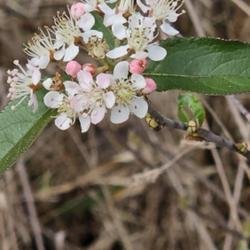
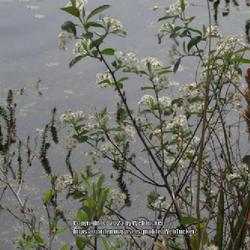
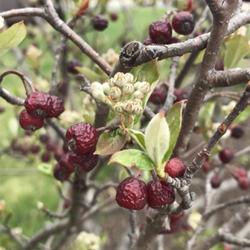
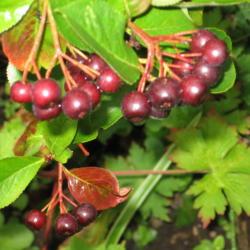
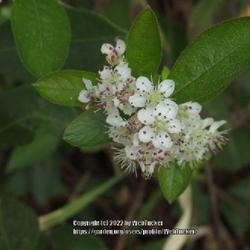
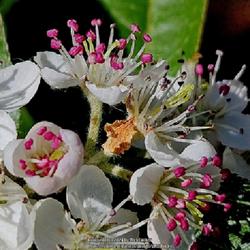
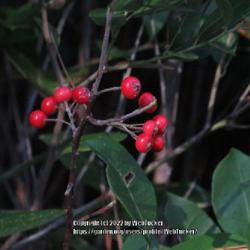
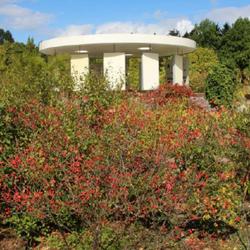
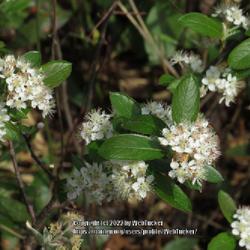
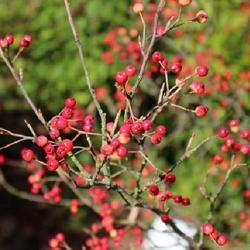
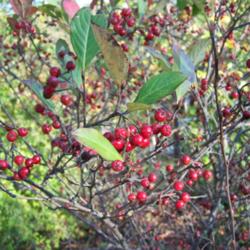
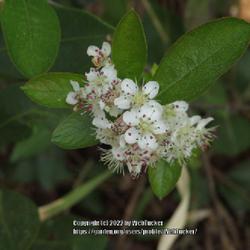
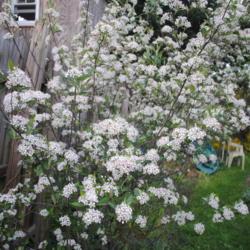
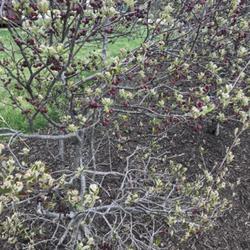
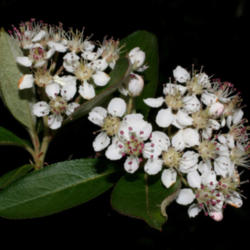
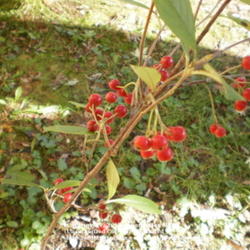
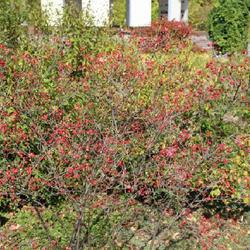
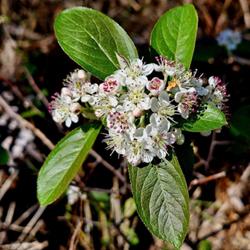
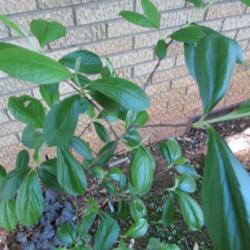
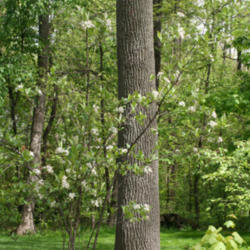
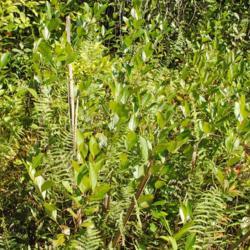
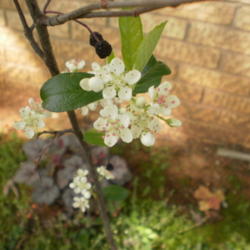
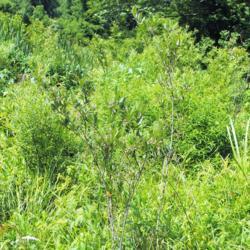
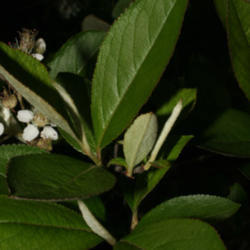
| Yorkshirelass | On October 1, 2007 | Miscellaneous Event Transferred from previous garden, Planted in border with no.6. 2013 Moved to end bed |
| WebTucker | On April 5, 2022 | Bloomed |